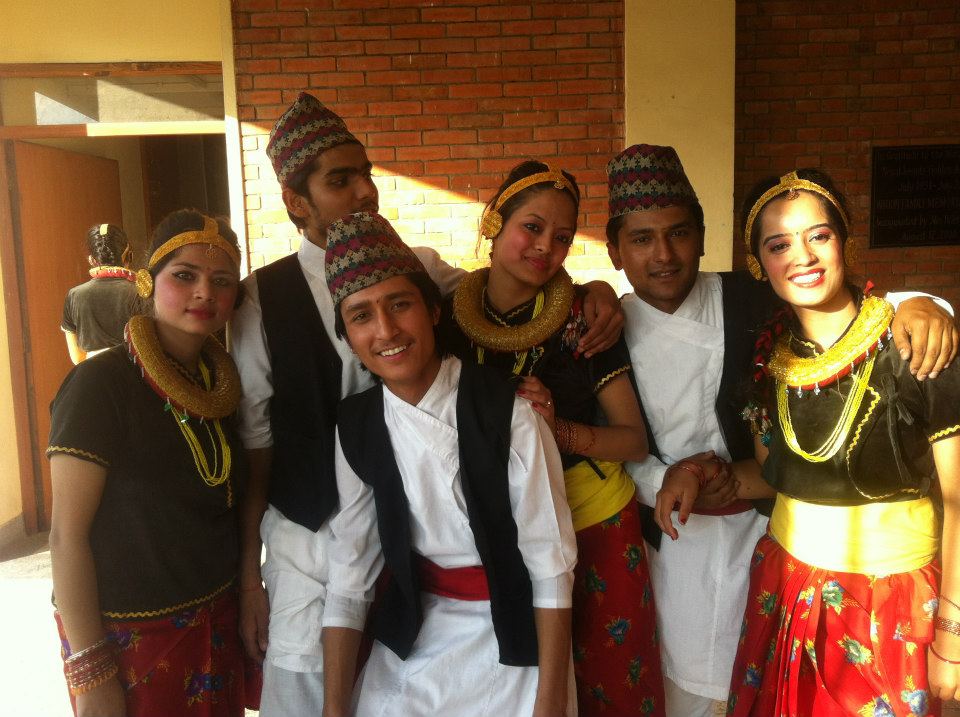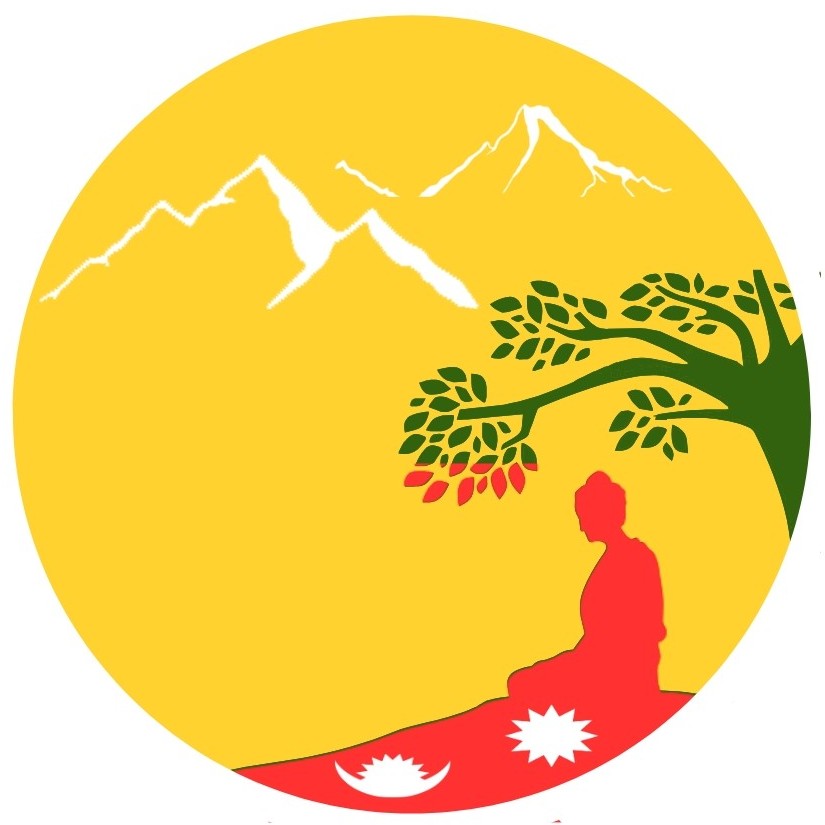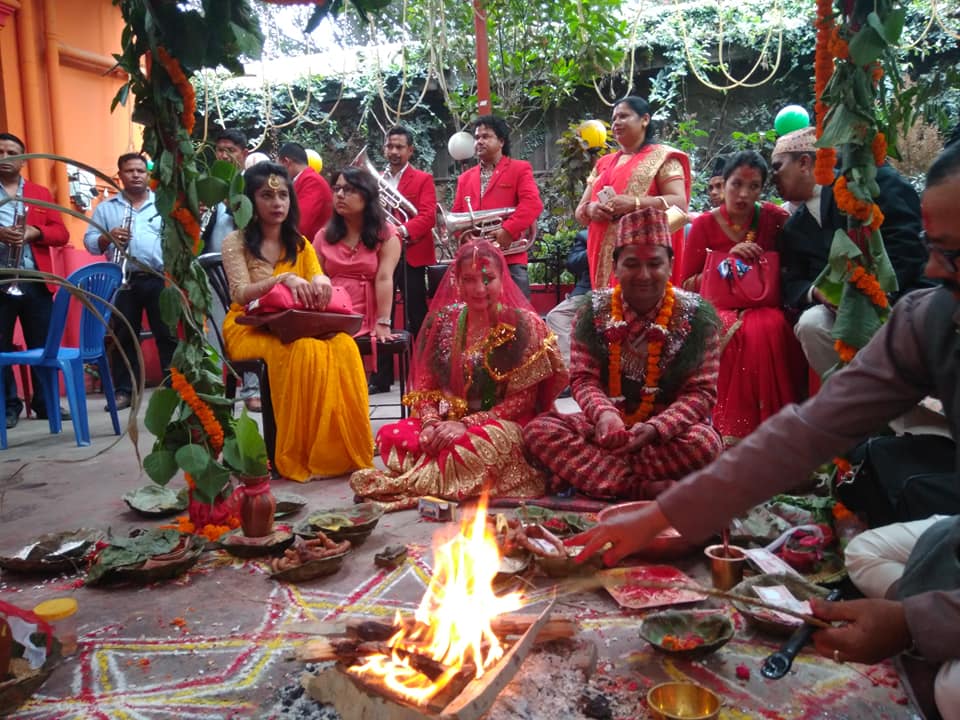The Nepalese Marriage Ceremony: An Intricate Cultural Experience Marriage in Nepal is not just a union between two individuals but a grand celebration that intertwines families, communities, and centuries-old traditions. The ceremony is a vibrant tapestry of rituals and customs that differ slightly based on ethnicity, region, and community, yet it universally symbolizes joy, unity, and cultural heritage. Let’s delve into the three significant stages of a traditional Nepalese marriage ceremony: Nepali marriages are deeply rooted in cultural and traditional practices, reflecting the diverse ethnic and social landscape of the country. Here are five common types of Nepali marriages:
1 Arranged Marriage (मागी विवाह) In an arranged marriage, families play a pivotal role in selecting the bride and groom. The process involves extensive family discussions, astrological matching, and negotiations. The final decision is often based on caste, religion, and social status compatibility. The marriage is formalized with elaborate ceremonies and rituals. The families exchange gifts and conduct pre-wedding rituals such as Tika and Sagoon to mark the union.

2. Love Marriage (प्रेम विवाह) Love marriages occur when individuals choose their own partners based on mutual affection and understanding. This type of marriage is becoming increasingly common in urban areas and among the younger generation. Although more accepted nowadays, love marriages can still face resistance from families, especially if the couple comes from different castes or religions. Overcoming familial and social objections is often part of the process.
3. Inter-Caste Marriage (अन्तर जाती विवाह) Inter-caste marriages involve individuals from different castes. Despite traditional caste-based social structures, these marriages are gaining acceptance as social attitudes evolve. These marriages can challenge entrenched caste norms and often require the couple to navigate societal resistance. However, they are seen as steps towards reducing caste-based discrimination and promoting social harmony.
4. Court Marriage (अदालत विवाह) Court marriages are legal marriages conducted in a court of law. This type of marriage is chosen by couples who prefer a simpler process or face familial opposition to traditional ceremonies. Couples apply for marriage registration at a local court, where a legal official performs the marriage ceremony. This method ensures legal recognition of the marriage without the traditional rituals.
5. Elopement (भागी विवाह,गन्धर्व विवाह) Elopement, or Gandharva Vivaha, involves a couple marrying without formal approval from their families. This form of marriage is typically pursued when couples face significant familial opposition or wish to avoid traditional constraints. Elopement can lead to social and familial challenges, including ostracism or disapproval. Despite its romantic appeal, it often requires the couple to address significant personal and social issues following the marriage.

Among the five traditional types of marriages in Nepal, arranged marriage is the old and long-standing customary marriage. In arranged marriages, there are various practices, and below is a description of some of these customs.”
-Arranged Marriage (मागि विवाह) In Nepalese culture, arranged marriages are a common practice where families play a significant role in choosing a life partner for their children. The marriage is not just a union between two individuals but also between two families. The process involves various rituals and customs that reflect the rich cultural heritage of Nepal.
-चिना, टिप्पणी, लगन जुराउने (China, Tippani, Lagan Juraune) -चिना (China):- The ‘China’ refers to the horoscopes of the bride and groom, which are matched by astrologers to determine their compatibility. – टिप्पणी (Tippani):- Tippani’ is the decision or agreement made after matching the horoscopes. It is an essential step in finalizing the marriage. –
लगन जुराउने (Lagan Juraune):- This is the process of selecting the most auspicious date and time for the wedding ceremony, based on astrological calculations.
-निम्तो (Nimto – Invitation):- Once the marriage is fixed, invitations are sent out to relatives, friends, and the community. The invitation process is an important tradition, where the groom’s family personally invites the bride’s family and vice versa.
– चौकाचन्द (Chaukadanda):- This is a ritual performed at the bride’s house before the wedding. The name “Chaukadanda” is derived from the tradition of installing a wooden frame or “Chaukad” at the main entrance of the house, symbolizing protection and sanctity.
-पूर्वमङ्गल (Purwamga: The Preparations):- This stage involves preparations for the wedding ceremony, including decorating the venue, preparing gifts, and arranging for the feast. Both families are busy ensuring everything is in place for the big day.
– सगुन साटासाट (Sagoon Exchange):- Sagoon is a traditional gift, usually consisting of items like betel nuts, rice, and coins. It is exchanged between the families as a symbol of goodwill and prosperity.
– जन्ती र रातौलि (Janti and Ratauli):-
– जन्ती (Janti):- The ‘Janti’ is the groom’s procession that travels to the bride’s house for the wedding. It is a lively event with music, dancing, and celebrations.
– रातौलि (Ratauli):- ‘Ratauli’ is a joyous and entertaining event where the bride’s female relatives and friends sing, dance, and tease the groom and his party.
– दुलाहा स्वागत (Welcoming the Groom): Upon arrival, the groom and his party are warmly welcomed by the bride’s family. The bride’s mother performs an Aarti (a ritual involving a lamp) and the groom is offered ceremonial refreshments. This marks the beginning of the wedding ceremonies.
– कन्यादान (Giving Away the Bride) This sacred ritual involves the bride’s parents giving their daughter to the groom. The father places the bride’s hand in the groom’s hand, symbolizing the transfer of responsibility. The priest recites mantras, and the couple vows to support and cherish each other.
– सिन्दुर पोते (Applying Vermillion and Beads) The groom applies Sindur (vermilion powder) to the bride’s forehead, marking her as a married woman. He also places Pote (a traditional necklace) around her neck. This ritual is a significant part of the wedding, symbolizing the formal union of the couple.
-बिहे अन्माउने (Bride’s Arrival at Groom’s Home) After the wedding rituals, the bride is escorted to her new home, where she is formally introduced and welcomed by the groom’s family. This ceremony includes various rites to help her transition into her new role and home.
-प्रीति भोज (Priti Bhoj: The Grand Feast):- After the wedding ceremony, a grand feast is organized for all the guests. The ‘Priti Bhoj’ is a significant part of the celebration, where traditional Nepalese dishes are served.
दुल्हन फर्काउने (Returning of the Bride) After the completion of the wedding festivities, the bride returns to her parental home for a brief period, known as Dulahan Farkaune. This ritual allows her to visit her family and ensures that she is settled and adjusted in her new life.
-समापन (Conclusion):- The marriage practices mentioned above may vary based on community, caste, and region, reflecting the diverse cultural and social traditions across different areas.
Spiritual Partner : Ramesh Karki , Ramechhap


